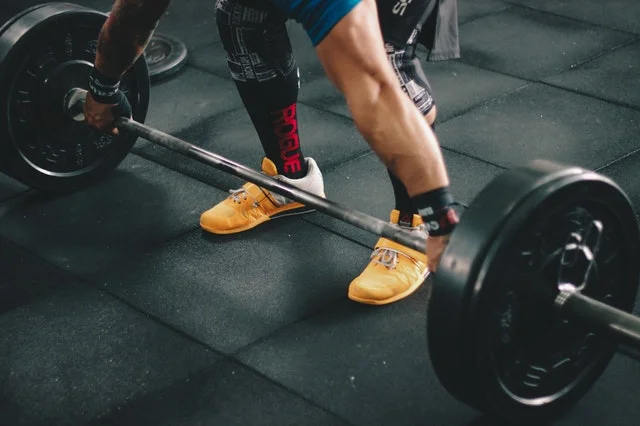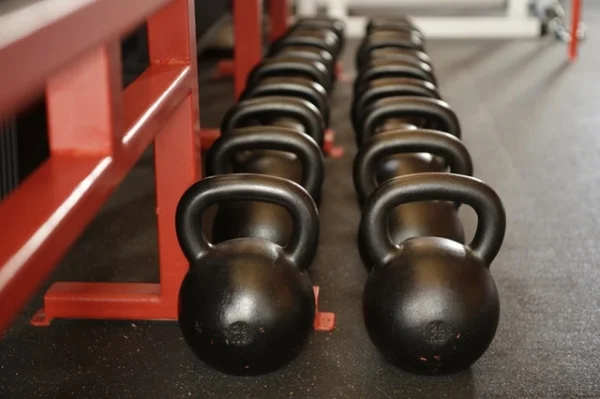Recently I was invited to present at the Tokyo World series sports tech conference to discuss the use of GPS for load monitoring and performance. I hope to share some of that information with you here.
Lower Body Performance Profiling
My theory when designing programs has been to ‘fill in the gaps’ and overcome any obvious weak points. So far I have seen great improvements in my athletes’ sprint speed and gym results across the board.
Lower Body Exercises, Speed and Acceleration
In field sports, speed is an athletic quality that has direct impact on the game. While having a big bench press is great, it's unlikely to affect the score line. Outright pace however, can beat defenders, break the line, and score in the corner. Whilst training for maximum strength is important, as the saying goes, “speed kills”.
Performance vs Subjective Fatigue
Monitoring and managing fatigue is an important part of running the physical conditioning for a team sport, as well as helping to prevent injuries through making sure recovery is optimised, having a team fresh or fatigued for game day may also impact the final score line.
Building a Better Neck
Neck strength is pivotal for the front row in rugby union and has been closely associated with concussion risk and prevention in contact sports. I have listed below a few examples of neck exercises that you can perform with a partner. Throwing some of these exercises in the mix is a great way to add variety to your strength program.
Building Size and Strength In Rugby Union Athletes
There are many aspects to developing a Rugby Union player. When I initially profile and screen a new player, these are the first two things I ask myself: “Are they the right size for the job?” and “Are they strong enough to do the job?”
Endurance Athletes and Strength Training
Strength training is common practice for athletes participating in high-intensity sports. This is due to the enhancement of attributes such as muscular development, neuromuscular acuteness & energy system efficiency. The question is.. would endurance athletes also benefit from strength training?
Visualization Methods to Improve Performance
Visualization is an important tool in the field of sports psychology. In regards to physical performance, it allows for enhanced technique and skill acquisition, while simultaneously improving mental performance in areas such as anxiety, stress and concentration.
Mindfulness Training & Sports Psychology
This article focuses on the field of mindfulness and sports psychology, a practice which was first used in competition by the Russian Olympic team in 1984 to positively affect sporting performance.
Carbohydrate Loading for Performance
To understand why you need carbohydrates, it’s important to know their role in energy production. There are 3 processes tasked with providing fuel for your muscles. Two of them are anaerobic (alactic & lactic systems), while the third is the aerobic system.
Creating Good Habits (Stick to the Gameplan)
One of the most effective methods to achieve goals is adherence to the program. If you put in a positive and efficient effort, regularly, over a long period of time, you will undoubtedly make great strides towards your desired outcome.
Plant-Based Vs Omnivore Diets for Endurance Athletes
This article delves into both the effects of diet on performance and the factors which may contribute to an individual’s total health and wellness.
Strength Training for a Better Vertical Jump
The vertical jump (VJ) is a great potential gauge for athletic potential across many sports. Muscular factors associated with VJ such as force, power and the rate of force development can be likened to other athletic indicators.
Is Weight Training Safe?
One of the most common misconceptions about weight training is that it can cause more harm than good, particularly in juveniles and adolescents. The fact of the matter is that due to predictable and repeatable movements, injury rates while lifting weights are greatly reduced when compared with sports that have an increased random component to them.
Hamstring Risk Indicators
The posterior thigh muscles, better known as the “Hamstrings” are one of the most commonly injured muscle groups within the athletic population. To reduce both the severity and number of hamstring injuries sustained, its best to understand the associated risk factors.
The Physiological Responses to Resistance Training
The purpose of this literature review is to identify the physiological adaptations, directly resulting from strength training and their effect on anaerobic performance. The inclusion criteria are, full-text, peer reviewed journal articles within the last 15 years.
High Fat Diets for Performance
This article explores the alternative of performance while implementing a low carbohydrate diet. Before we look into a few studies its important to iron out some of the finer points. Firstly this article is investigating the effects of low carbohydrate diets on aerobic/endurance performance.
















